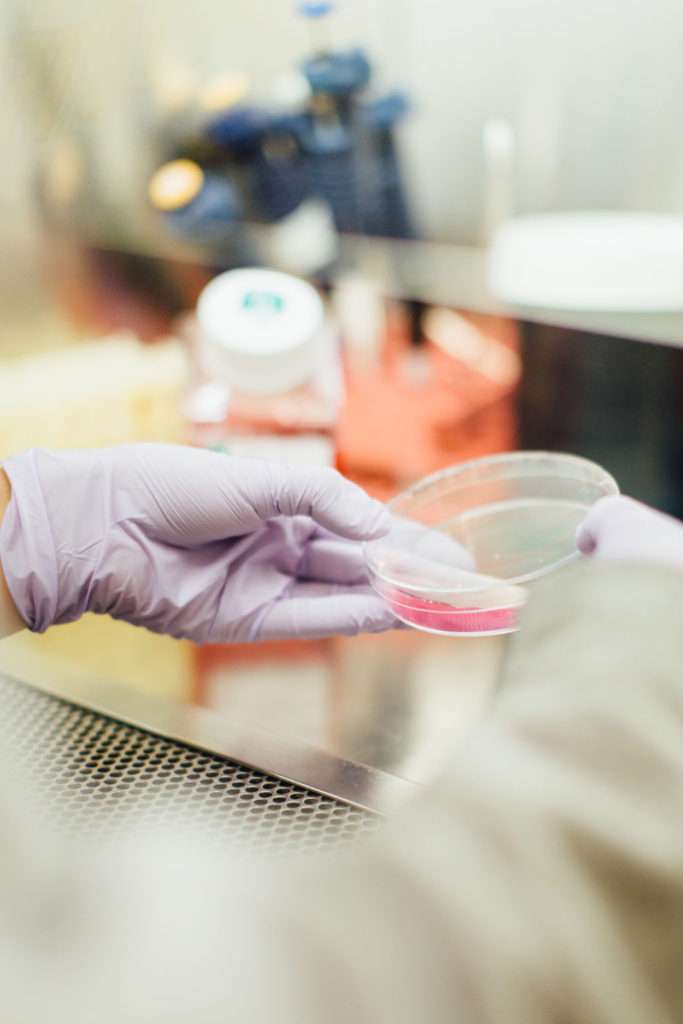
There are a number of early signs of pregnancy. The most common are a missed period, tender or swollen breasts, nausea, sometimes accompanied by vomiting, feeling unusually tired and urinating more often. It’s probable that an accurate result from a pregnancy test can be had just one day after a missed period, but it’s advisable to wait at least one week after a missed period to get the most accurate test result. But what kind of tests are available?
Types of Pregnancy Test
There are a huge number of home pregnancy testing kits on the market which are both affordable and with around 99% accuracy when used correctly. Home Pregnancy Tests, or HPTs, work by detecting the human chorionic gonadotropin hormone, or hCG, in urine; this hormone is only present in the body during pregnancy. A urine test can also be carried out by a doctor, with the added advantage that he or she can eliminate possible errors that may affect the test’s accuracy. The cost may be more expensive than home testing and may take around a week for the result, but it can provide complete certainty. A doctor can also test for pregnancy through a blood sample.
There are two types of pregnancy blood tests: qualitative hCG blood tests and quantitative hCG blood tests. As the names suggest, the former provides a simple yes/no answer to whether hCG is being produced in the body, while the latter measures how much of the hormone is present in the blood.
Quantitative blood tests are more accurate than quantitative blood tests and urine tests as they can measure exact amounts of hCG in the blood. They can also detect pregnancy earlier than urine tests, though the result may take up to two weeks to be delivered.

Test Results
If a home pregnancy test yields a positive result, it’s a good idea to repeat the test to be absolutely sure. A visit to the doctor is then in order to get advice on the next steps, which will of course depend on the woman’s situation, and whether the pregnancy is wanted or not.
A ‘false positive’ result is a possibility. This may occur for a number of reasons. Perhaps most distressingly a so-called ‘chemical pregnancy’, in which the pregnancy ends naturally, shortly after the egg becomes attached to the uterine lining. An ‘ectopic pregnancy’ can also happen, though is relatively uncommon. Here the fertilised egg grows somewhere outside of the uterus, and needs immediate attention. The menopause can also produce false positive results, as can uncongenial ovarian conditions such as cysts.
If a pregnancy test is negative, and pregnancy is desired, then it’s simply a case of going back to the bedroom until the desired result is achieved. A ‘false negative’ is also a possibility, which may occur if the woman is on certain medications, such as tranquilizers, or if the test was taken too early after a missed period. In this case the test should be repeated a few days or a week later.
Repeated failure to get pregnant may be due to an infertility problem, with either the woman or her partner, perhaps both. In this case a fertility test is a good idea, and if there is a problem with fertility, such as poor egg quality or ovarian difficulties, there are options such as egg donation available.
Egg Donation
Egg donation is an IVF fertility treatment in which an egg donor supplies eggs which are fertilised with sperm either from the recipient’s partner or from a sperm donor. The donated eggs are fertilised in a laboratory and the resulting embryo is transferred to the woman’s uterus where it develops normally. The attraction of using donated eggs is that the recipient is the real mother, carrying the developing embryo through the full term of pregnancy to delivery.
Generally speaking the egg donation process in IVF has four stages:
- The egg recipient’s menstrual cycle is brought into synchronisation with the egg donor’s through the use of fertility drugs or contraceptives. These help ensure that the recipient’s reproductive system is fully prepared to receive the fertilised egg.
- Once the menstrual cycles are synchronised the egg donor receives hormone injections to stimulate her production of eggs.
- When the donor’s eggs are mature an ultrasound guided needle is inserted into the follicles to retrieve the eggs. On the same day sperm from the recipient’s partner, or a selected donor, is collected and used to fertilise the retrieved eggs in the laboratory, following standard IVF procedure.
- After three to five days one or two embryos are transferred to the recipient’s uterus where they are expected to develop through the stages of a normal pregnancy. Any unused embryos can be preserved by freezing for later use.
The chances of a successful pregnancy resulting from egg donation depend on many factors including the age of the egg donor, the quality of the sperm used and the general health of the recipient.
The chances of success are of course increased with treatment at a reliable, accredited clinic, and, with medical tourism becoming increasingly widely available, couples can shop globally for the best clinics. One such is the Gynem Fertility Clinic in Prague, Czech Republic. Gynem is a family-run clinic headed by Dr Milan Mrázek who has 37 years experience as an obstetrician and 24 years experience in assisted reproduction. With its consistently top-of-the-range technology, and top-flight IVF specialists the Gynem Clinic is one of Europe’s most visited clinics for Egg Donation and other IVF treatments.
Sources Used: